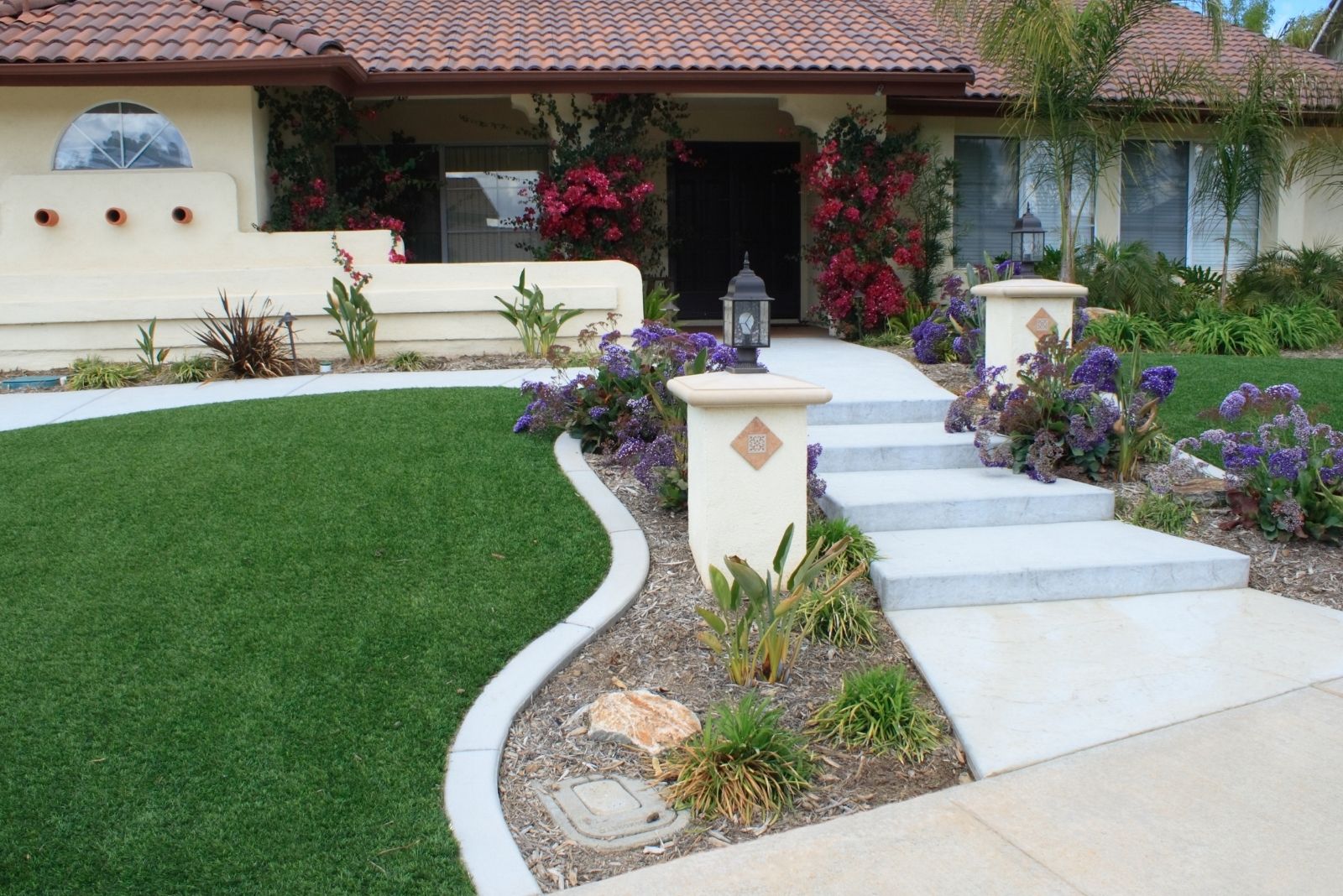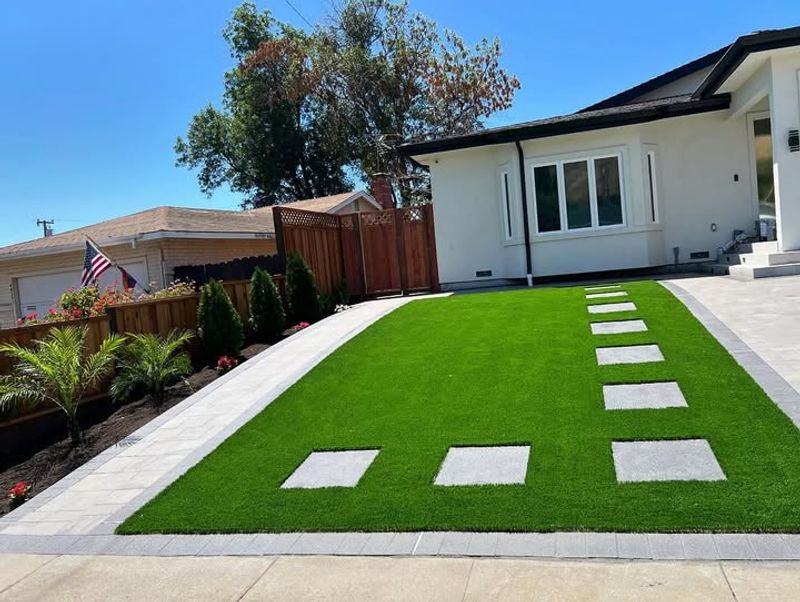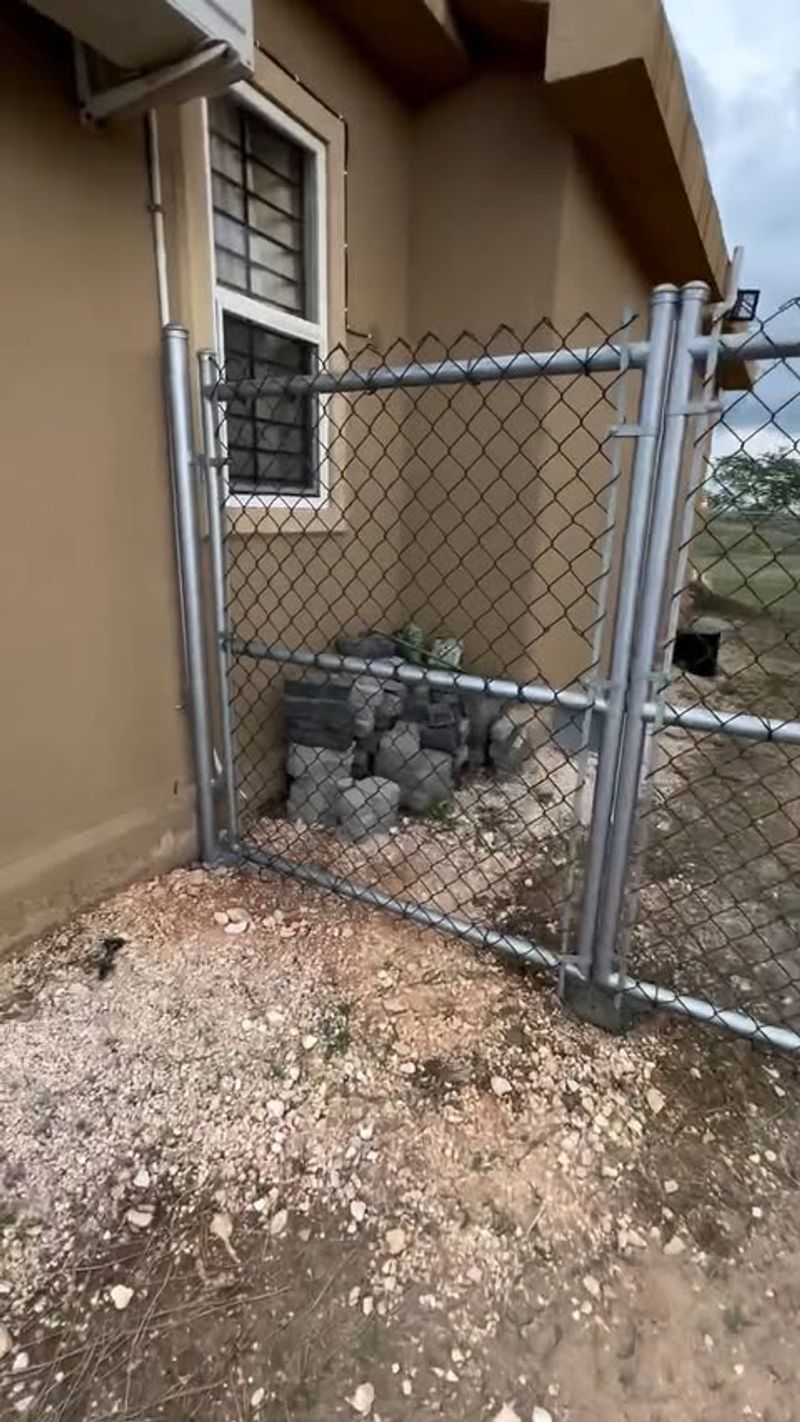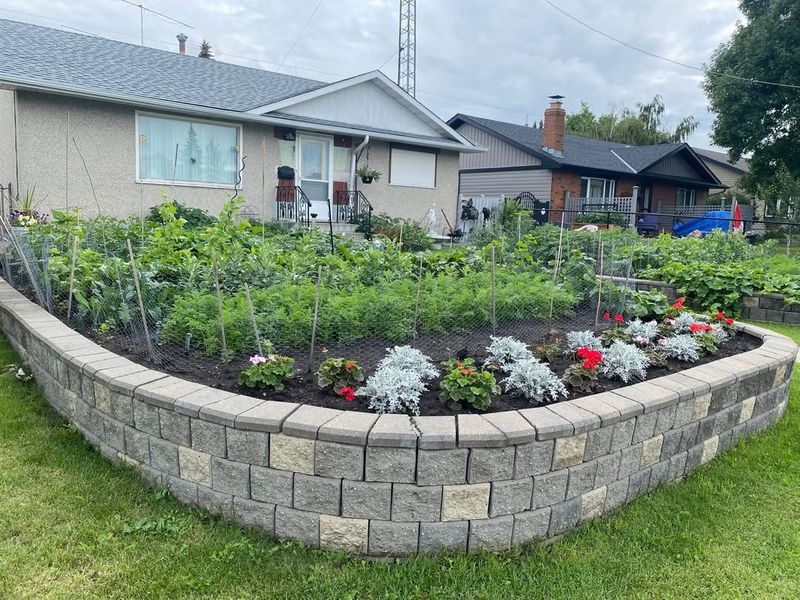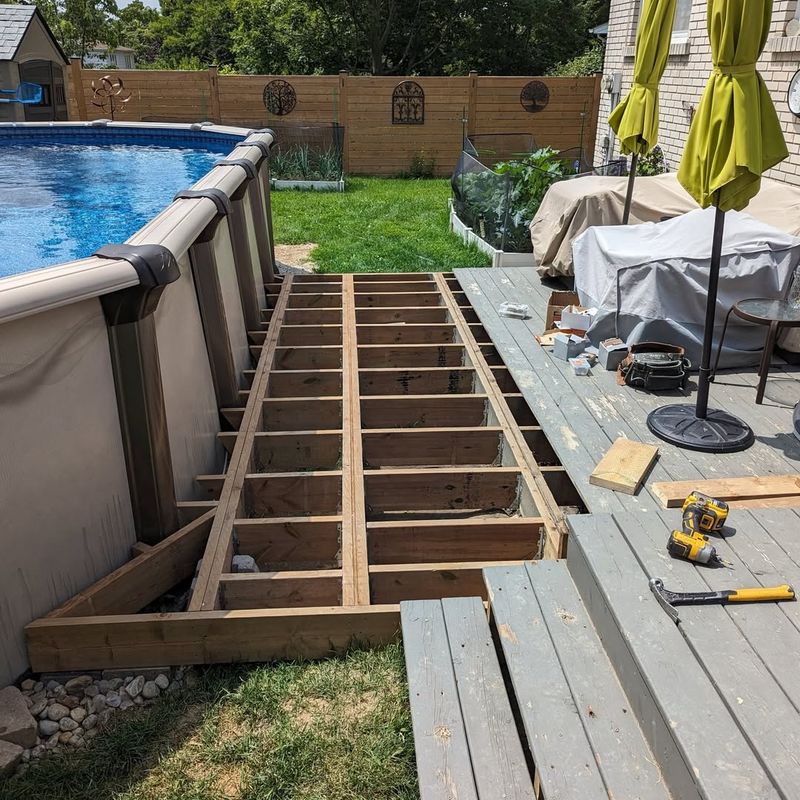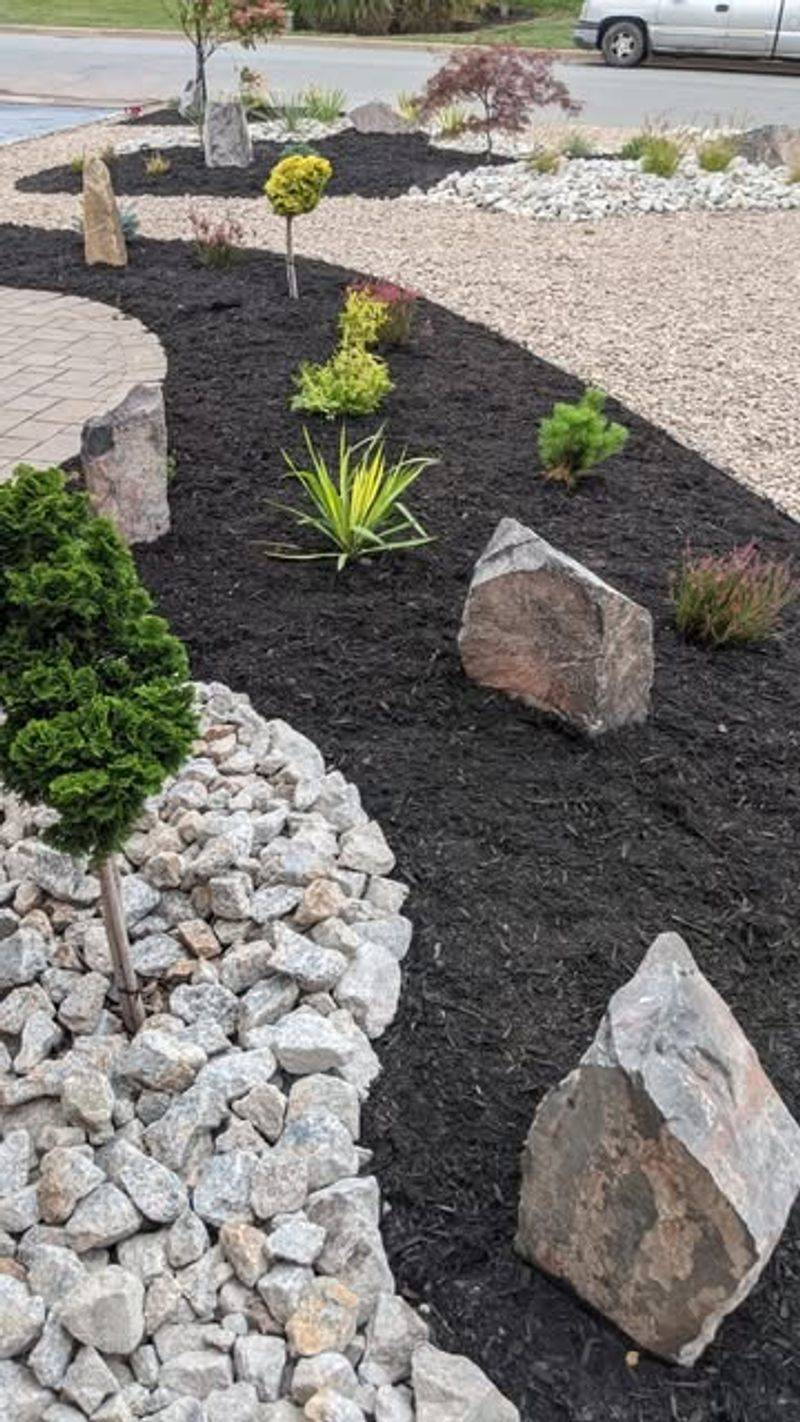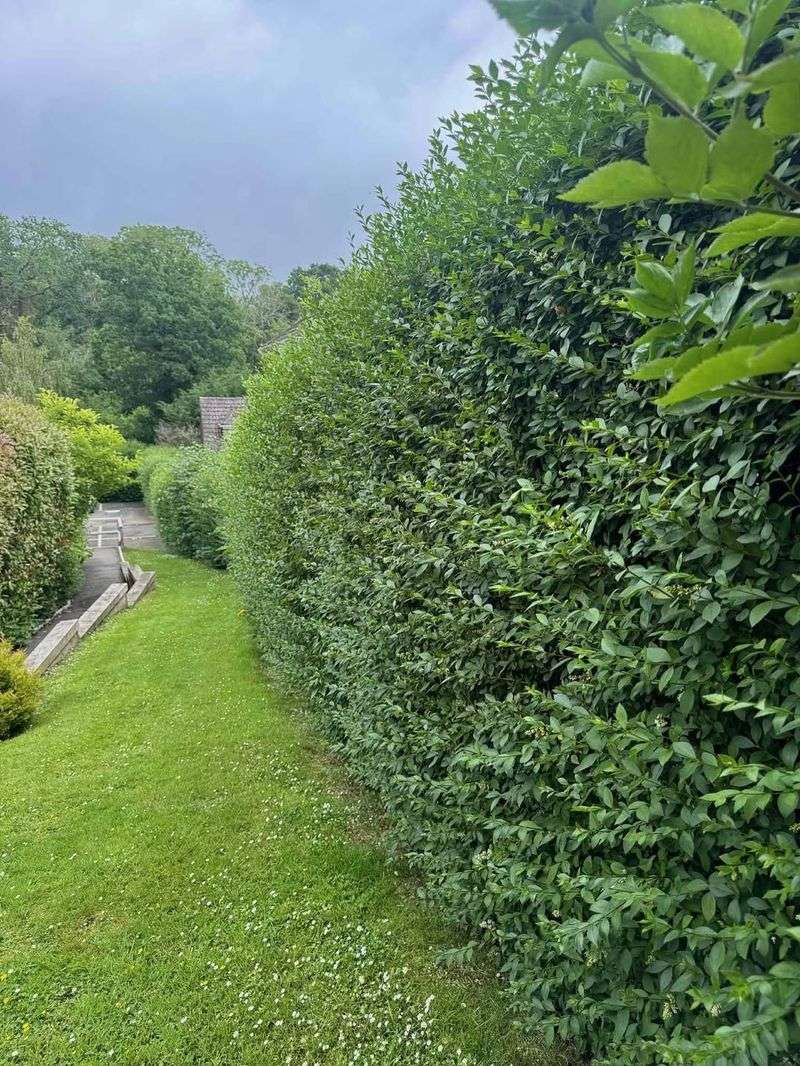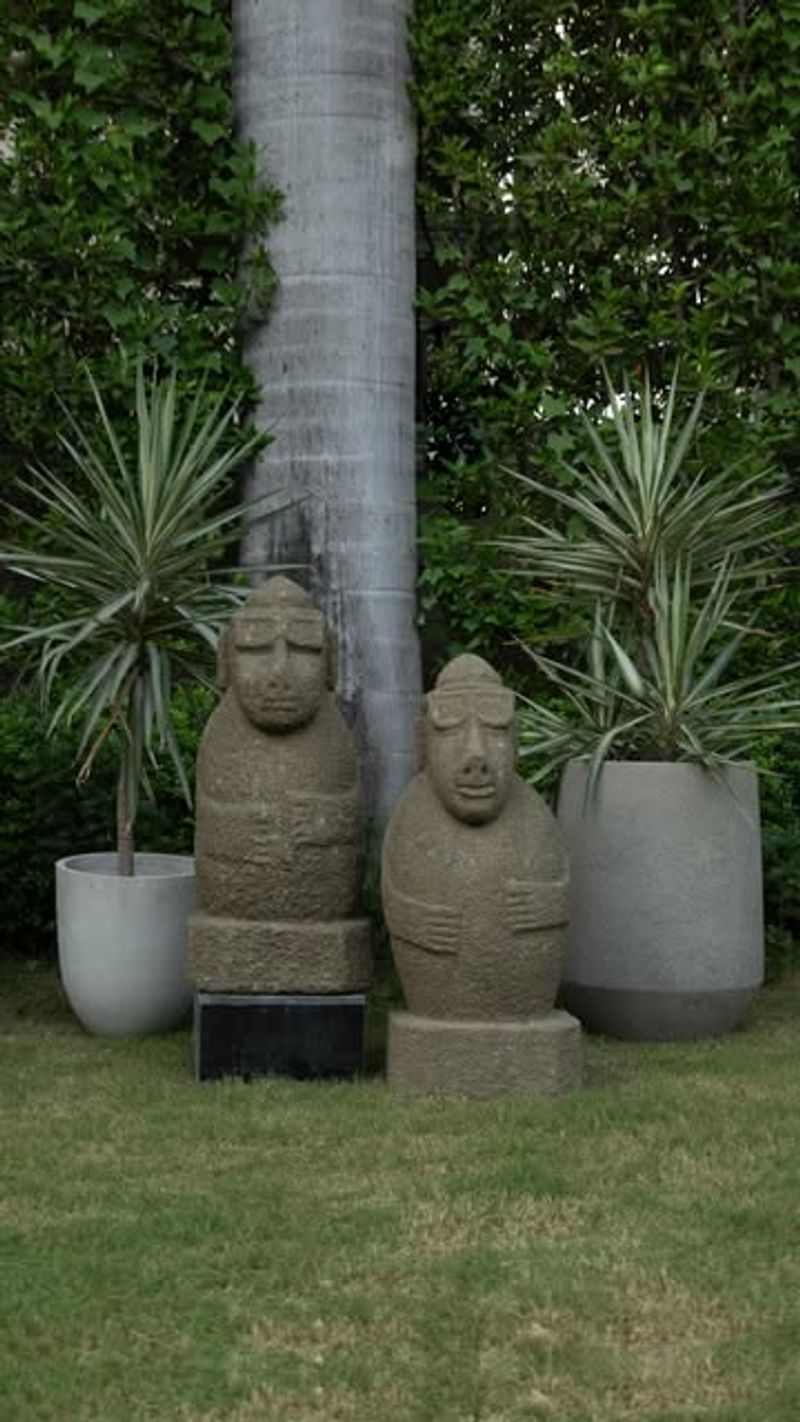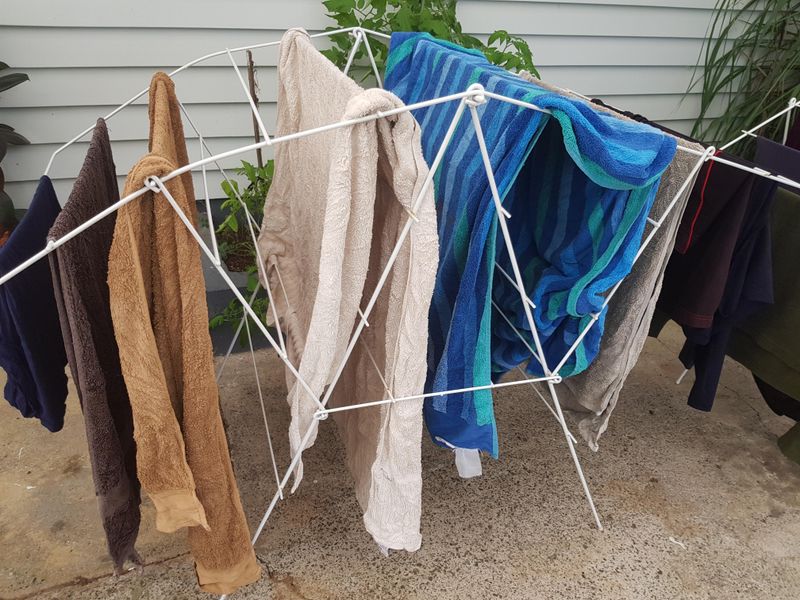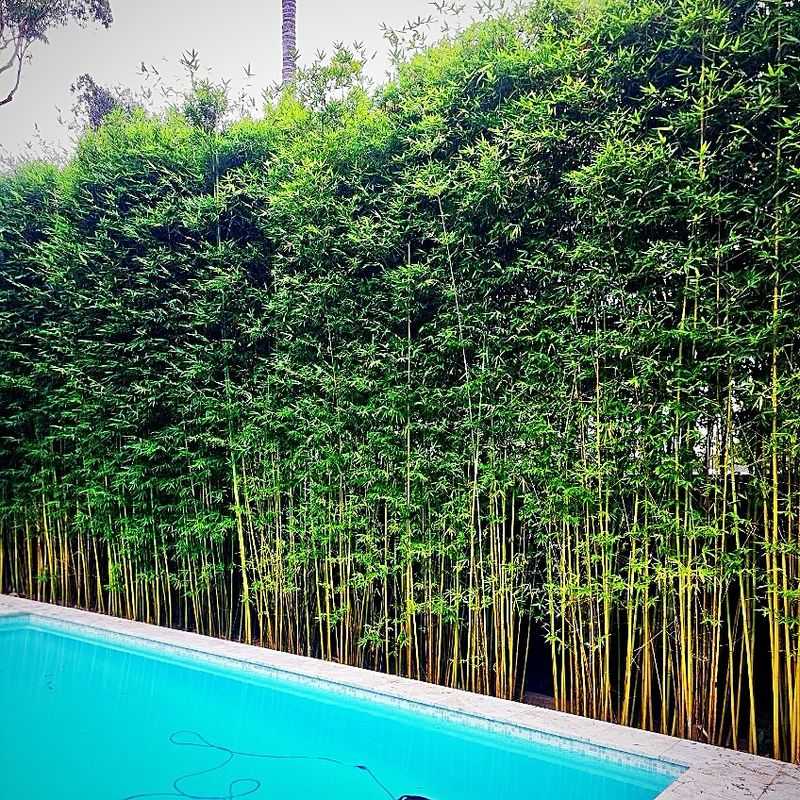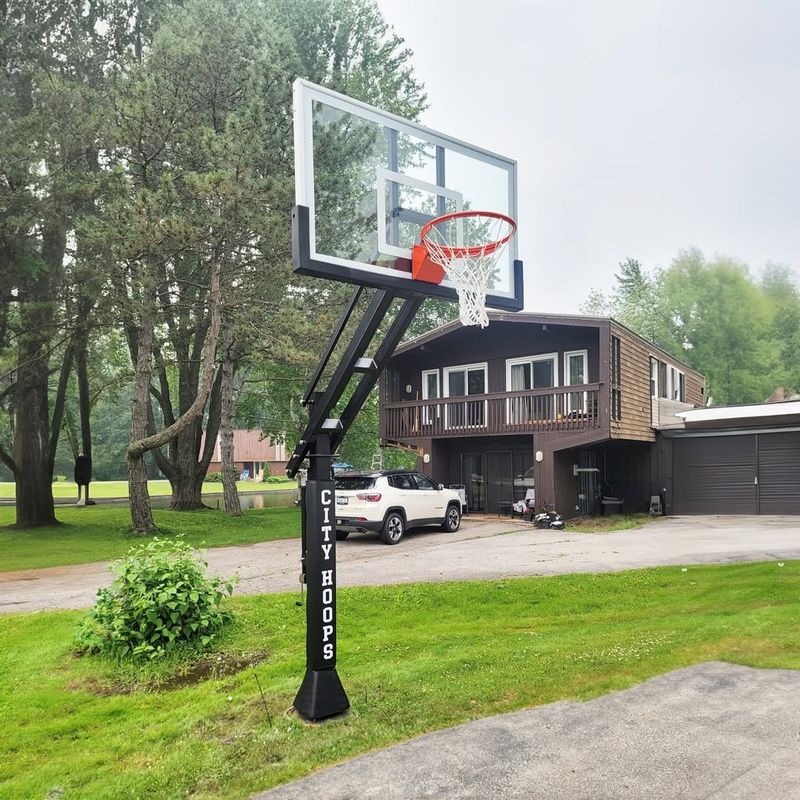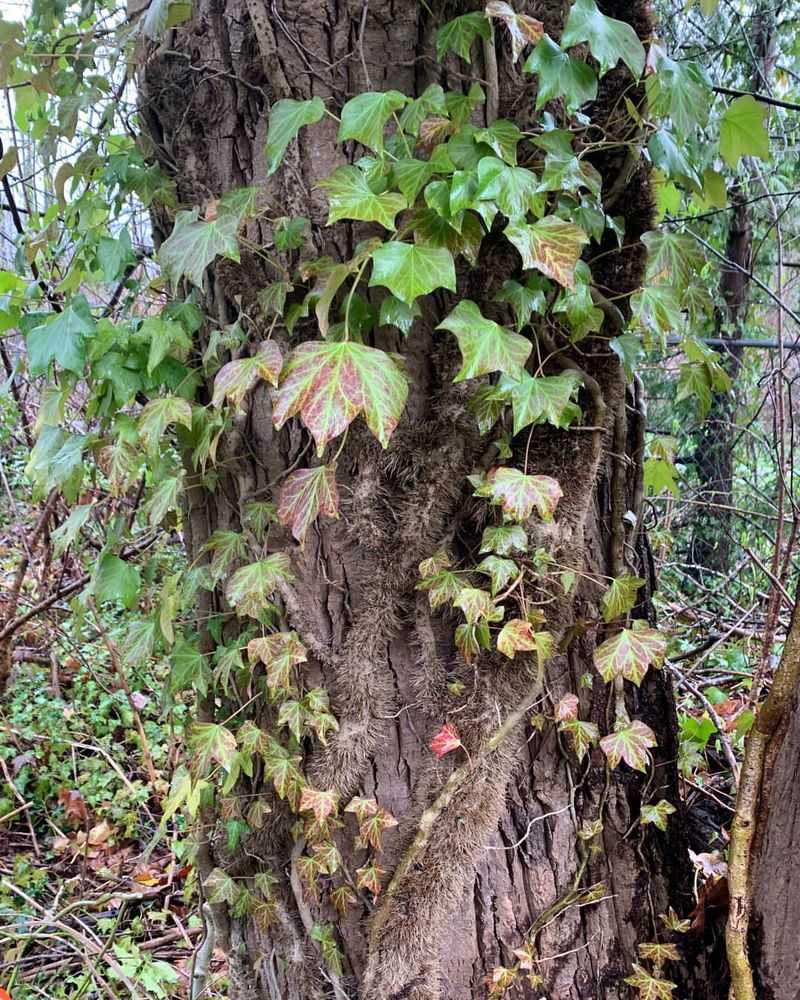Delaware homeowners might soon face new rules about what they can and cannot keep in their yards. Neighborhood associations and local ordinances are looking more closely at landscaping choices that affect property values, water use, and community appearance.
Some features that seem perfectly normal today could be restricted or even banned in the near future.
1. Artificial Turf And Synthetic Grass
Plastic grass might seem like an easy solution to mowing and watering, but many Delaware communities are starting to question its environmental impact. It heats up quickly in summer, doesn’t support pollinators, and can leach chemicals into the soil.
In my neighborhood, I’ve noticed several homes switching to synthetic lawns, but the backlash is growing. Some associations worry about drainage problems and how it affects local ecosystems.
Real grass and native ground covers support beneficial insects and birds. For me, this rule would definitely change how I design my yard, pushing toward more natural alternatives that work with Delaware’s climate instead of against it.
2. Chain-Link Fencing
Metal fencing has been a budget-friendly option for decades, but aesthetic standards are shifting across Delaware suburbs. Homeowner associations increasingly view these fences as outdated and visually unappealing, preferring wood or vinyl alternatives.
The concern isn’t just about looks. Chain-link doesn’t provide much privacy, and it can make yards feel more industrial than welcoming. Many communities want a cohesive appearance that boosts curb appeal.
If you’re planning a fence, consider how climbing plants like clematis or honeysuckle could soften its appearance. However, some neighborhoods may soon require complete removal, so checking local rules before installation makes sense for any Delaware gardener.
3. Front Yard Vegetable Gardens
Growing tomatoes and peppers where your lawn used to be sounds practical, especially with rising food costs. Yet some Delaware neighborhoods see front yard edibles as messy or inconsistent with traditional landscaping standards.
Associations argue that vegetable plots can look cluttered, especially during harvest or when plants die back in fall. They prefer ornamental gardens that maintain visual appeal year-round.
Personally, I think well-designed veggie gardens can be beautiful, especially when mixed with flowers that attract pollinators. Combining edibles with decorative plants might satisfy both gardeners and rule-makers, though outright bans could still happen in stricter communities.
4. Above-Ground Swimming Pools
Summer heat makes pools tempting, but the large, visible structures often clash with neighborhood aesthetics. Delaware associations frequently cite them as eyesores that lower surrounding property values.
These pools can also create maintenance issues. Algae buildup, loud filtration systems, and improper drainage affect not just your yard but neighboring properties too.
For families wanting to cool off, in-ground pools or natural water features might become the only approved options. Surrounding your pool area with tall ornamental grasses or shrubs could help, but many communities are moving toward complete restrictions on temporary pool structures.
5. Gravel Or Rock Lawns
Replacing grass with stone seems like a low-maintenance dream, particularly in areas with water restrictions. However, Delaware neighborhoods are increasingly concerned about heat reflection and the stark appearance these landscapes create.
Rock yards don’t support any plant life, which means zero benefit for bees, butterflies, or birds. They also get extremely hot, radiating warmth that can make surrounding areas uncomfortable during summer months.
If water conservation is your goal, consider drought-tolerant native plants like black-eyed Susans or coneflowers instead. These provide color, support wildlife, and keep your yard from looking like a parking lot while still reducing water needs significantly.
6. Overgrown Hedges And Shrubs
Letting bushes grow wild might feel natural, but safety concerns are driving new trimming requirements across Delaware. Overgrown plants can block sightlines for drivers and pedestrians, creating hazardous intersections.
Associations also worry about property appearance. Uncontrolled growth suggests neglect, which can affect how neighbors perceive the entire street.
Regular pruning keeps plants healthy and encourages better flowering. I’ve found that setting a seasonal trimming schedule prevents shrubs from becoming problems. Native species like winterberry or inkberry holly stay relatively compact and look great with minimal effort, making them smart choices if new restrictions come into play.
7. Decorative Yard Statues And Lawn Ornaments
Garden gnomes and pink flamingos add personality, but not everyone appreciates whimsical yard art. Delaware communities are debating limits on the number, size, and type of decorations allowed in visible areas.
Some associations consider excessive ornaments tacky or distracting. They’re pushing for cleaner, more uniform streetscapes that emphasize plants and natural features over novelty items.
If you love adding character to your garden, focus on planters, bird feeders, or artistic trellises that serve functional purposes. These elements enhance your space while supporting plants and wildlife, making them harder to restrict than purely decorative objects that some neighbors find objectionable.
8. Unmulched Garden Beds
Bare soil around plants might not seem like a big deal, but it creates problems that Delaware neighborhoods are starting to address. Exposed dirt erodes easily during storms, washing onto sidewalks and into storm drains.
Mulch helps retain moisture, suppress weeds, and give gardens a finished, intentional look. Without it, beds can appear neglected even when plants are healthy and thriving.
Wood chips, shredded leaves, or pine needles all work well and improve soil quality as they break down. Adding a three-inch layer around perennials and shrubs makes a noticeable difference in both function and appearance, potentially keeping your yard compliant with emerging standards.
9. Clotheslines And Outdoor Drying Racks
Air-drying laundry saves energy and money, yet many Delaware associations view visible clotheslines as outdated or unsightly. They argue that hanging clothes detracts from neighborhood aesthetics and suggests lower property standards.
Some communities already prohibit permanent lines, though retractable or temporary options might still be allowed. The debate continues between environmental benefits and visual preferences.
If drying outdoors matters to you, check current rules before installing anything permanent. Planting tall ornamental grasses or installing a living screen of climbing roses can hide drying areas from street view, offering a compromise that satisfies both practical needs and appearance concerns.
10. Bamboo Plantings
Bamboo grows fast and creates natural privacy screens, which sounds perfect until it starts invading neighboring yards. Running bamboo varieties spread aggressively through underground rhizomes, making them nearly impossible to contain without expensive barriers.
Delaware gardeners have learned this lesson the hard way. What starts as a decorative feature quickly becomes a neighborhood dispute when shoots pop up three houses away.
Many communities are considering outright bans on running bamboo species. Clumping varieties stay more controlled, but even those require monitoring. Native alternatives like American holly or Eastern red cedar provide privacy without the invasion risk, making them safer long-term choices for Delaware properties.
11. Permanent Sports Equipment
Keeping a basketball hoop in the driveway or soccer goals on the lawn encourages kids to play outside, which seems healthy and positive. However, Delaware neighborhoods are increasingly restricting permanent sports installations in front yards and driveways.
The concern centers on visual clutter and noise. Bouncing balls and shouting players can disturb neighbors, especially during early mornings or late evenings.
Portable equipment that gets stored away after use might remain acceptable, but bolted-in hoops could face removal requirements. Creating a designated play area in the backyard, surrounded by sound-absorbing shrubs like arborvitae, offers a solution that keeps everyone happy while maintaining neighborhood harmony.
12. Non-Native Invasive Plants
Plants like English ivy, burning bush, and Bradford pear trees look attractive but cause serious ecological problems in Delaware. They outcompete native species, reduce biodiversity, and provide little value to local wildlife.
Associations and municipalities are starting to require removal of known invasives. These plants spread into natural areas, choking out the native vegetation that birds and insects depend on for survival.
Replacing invasives with native alternatives benefits your garden and the broader ecosystem. Species like serviceberry, spicebush, and native azaleas offer beauty while supporting pollinators and songbirds. Making the switch now prevents future compliance issues and helps restore Delaware’s natural plant communities.

